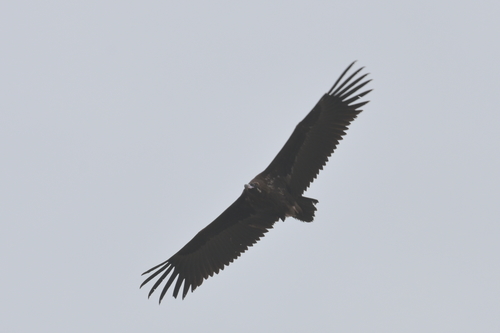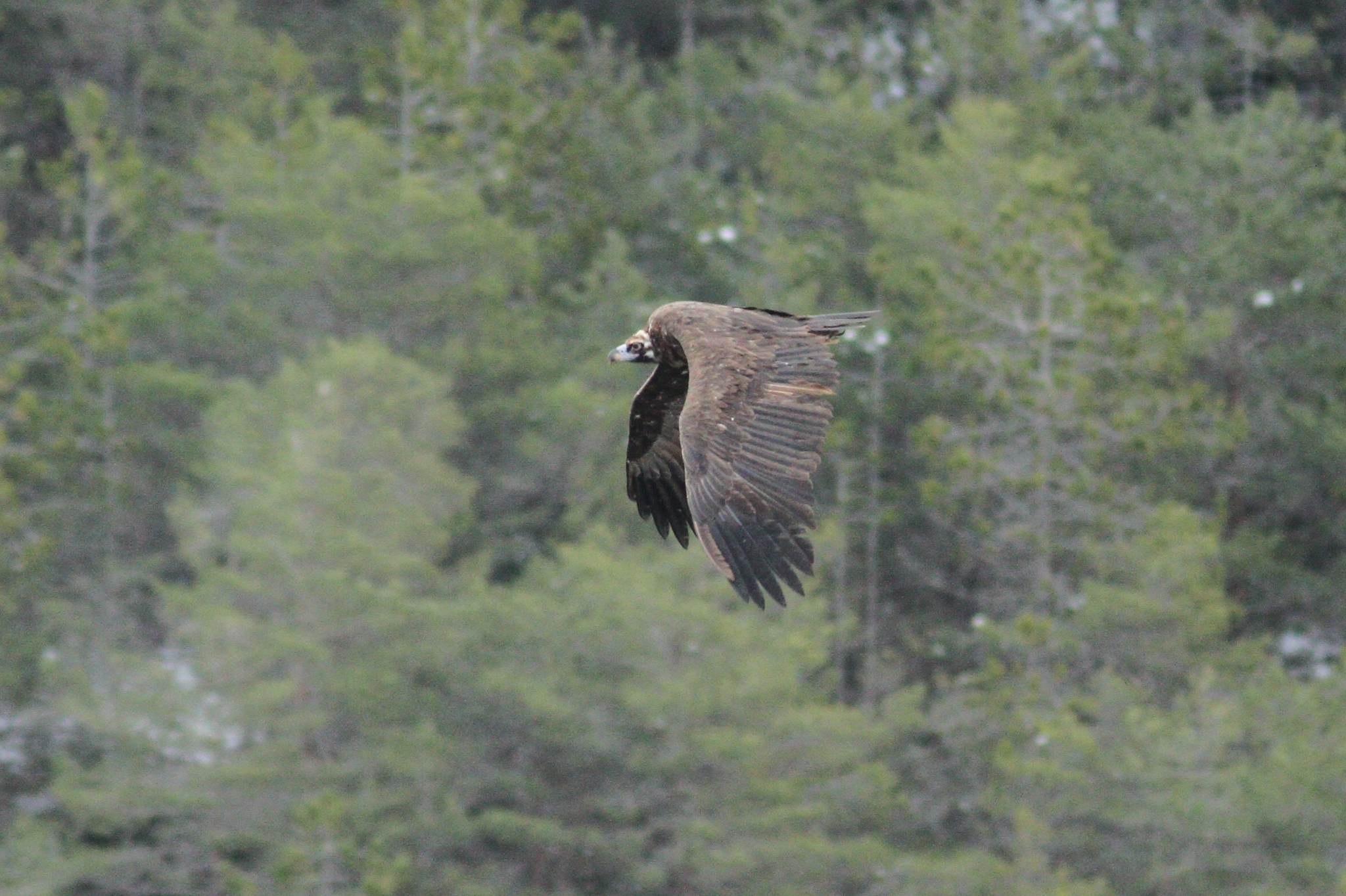Own art (@DraysDump)
"The family of Accipitriformes (Accipitridae) includes most diurnal birds of prey. Their size ranges from medium to very large, and they are either hunters or scavengers. They have claws and beaks that are hook-shaped, and broad wings that allow them to glide for longer periods of time."
Description:
It is also known as the northern goshawk, northern hawk, or goshawk.
Its size is quite similar to that of a common buzzard, although it shares the color pattern of falcons. But in reality, the species is related to eagles, specifically the sparrowhawk.
As most birds of prey, the male is smaller than the female. Juvenile specimens have light tones, reddish tones on the upper part, and yellowish with brown spots on the lower part. However, the coloring of adults is characterized by shades of brown, gray, and black on the upper part, while on the lower part, it is whitish horizontally barred in dark tones.
The wings of the goshawk are relatively short but wide and rounded; its tail is long. These characteristics allow him to fly effortlessly through the dense forest. It has blunt and very strong talons since it kills its prey using their pressure, employing a hunting method more similar to the eagles' than the falcons'.
About the species:
- Reproduction and behaviour:
Goshawks, typically form pairs with their previous year's mates in about 80-90% of cases.
- Clutch size: 3 - 5 eggs
- Incubation period: 28 -37 days
- Mating season: april
- Nesting season: may
- Sexual maturity: 3 years (males) and 1 - 2 years (females)
- Life expectancy: 11 years in the wild and 27 years in captivity.
- Diet and interaction with the enviroment:
Common goshawks primarily rely on various animal species for their diet, with a preference for smaller birds. Mammals make up only 9% of their diet.
- Conservation status: LC (Low Concern)
Habitat:
It is primarily found in Eurasia and northern America.
Its preferred habitats are deciduous and coniferous forests.
Breeding. Resident. Passage. Wintering area. Extinct. Reintroduced.
Physiognomic info:
- Height: 46 cm (1 ft 6 in) - 69 cm (2 ft 3 in)
- Wingspan: 89 cm (2 ft 11 in) - 127 cm (4 ft 2 in)
- Weight: Males weigh around 762 g (1.6 lb), while females weigh approximately 1150 g (2.5 lb).
- Tail: 200 mm (7 in) - 295 mm (11 in)
- Tarsus: 68 mm (2 in) - 90 mm (3 in)
Taxonomy:
Sound:
Gallery:
 |
| https://www.inaturalist.org/photos/251795732 |
 |
| https://www.gbif.org/occurrence/4038482028 |
 |
| https://www.inaturalist.org/photos/250245803 |
Sources:
- Integrated Taxonomic Information System (ITIS)
- "de Juana Aranzana, E. (2016). Aves de España (3.a ed.). Lynx Edicions. (Original work published 2000)"
- Global Biodiversity Information Facility (GBIF)
- eBird
- "de Aves, B. (2021, 22 abril). Azor Común: características, hábitat, caza, vuelo y más. Blog De Aves. https://blogdeaves.com/accipitridae/azor-comun/"
- " De SanoAK: Alexander Kürthy - Made with Natural Earth. Free vector and raster map data @ naturalearthdata.com. Range map from BirdLife International 2016. Accipiter gentilis. The IUCN Red List of Threatened Species 2016: e.T22695683A93522852. https://dx.doi.org/10.2305/IUCN.UK.2016-3.RLTS.T22695683A93522852.en. Downloaded on 29 January 2019 as visual indicator of distribution., CC BY-SA 4.0, https://commons.wikimedia.org/w/index.php?curid=76189311 "
- "colaboradores de Wikipedia. (2023). Accipiter gentilis. Wikipedia, La Enciclopedia Libre. https://es.wikipedia.org/wiki/Accipiter_gentilis"











.PNG)

